
Compare the mirrorless camera to the SLR camera
Which camera will you choose
| Mirrorless camera | SLR camera | |
|---|---|---|
| Weight | Light | Heavy |
| Many frames per second | Yes | No |
| Viewfinder | Electronic | Optical |
| Battery life | Average | Good |
| Image stabilization | Very good | Good |
Mirrorless camera vs. SLR camera
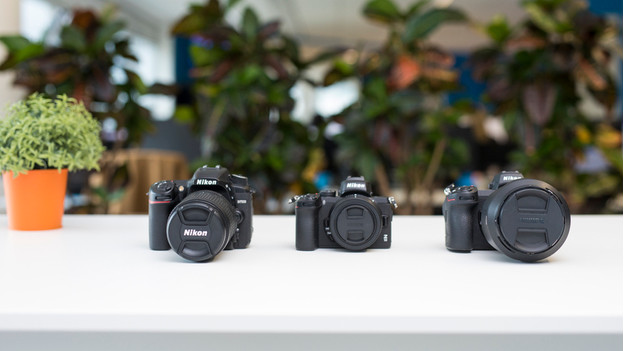
You can take high-quality photos with both a mirrorless camera and an SLR camera. Which camera suits you depends on your wishes. For example, a mirrorless camera is lighter and faster than an SLR camera. SLR cameras usually have a longer battery life, because these cameras don't have an electronic viewfinder.
Size and weight
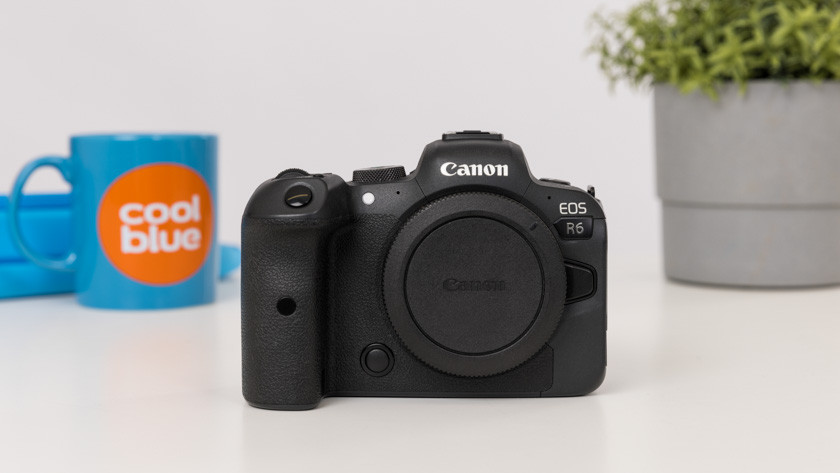
Mirrorless camera: light and sometimes compact
A mirrorless camera doesn't have a mirror. This makes it much lighter than an SLR camera, which does have a relatively heavy mirror. Thanks to its light weight, you can easily take a mirrorless camera with you on your travels or to a photoshoot on location. Mirrorless cameras are also smaller sometimes. Many extensive mirrorless cameras have the same size as SLR cameras, but starter model mirrorless cameras are often very compact.
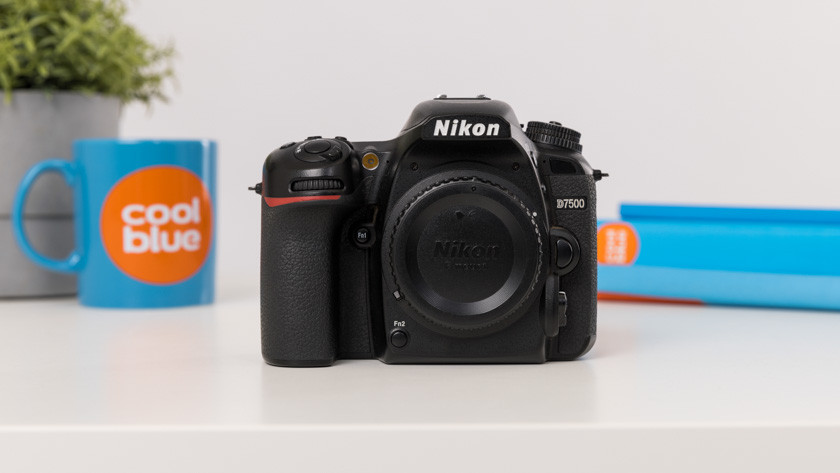
SLR camera: heavier and sometimes larger
Due to the mirror in the body, an SLR camera is heavier than a mirrorless camera. An advantage of this is that you can easily use heavier zoom lenses as a result. If the body is too light, the camera and lens won't be balanced. You'll have to support the lens when the camera is on a tripod in that case, for example. With heavier SLR cameras, this is less likely to happen. Due to its weight, an SLR camera isn't as easy to take with you on an active holiday, for example.
Speed
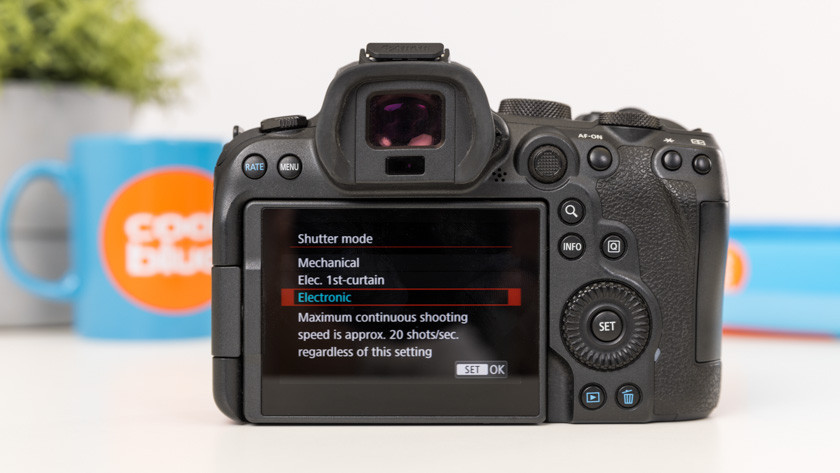
Mirrorless camera: many frames per second
SLR cameras are often thought to take better photos than mirrorless cameras. That's not true, because both cameras often have the same sensors. The size of the image sensor affects the quality of your images. Many cameras have Micro Four Thirds sensors that provide your photos with enough detail. The larger APS-C sensor is also found in many mirrorless cameras. Some them even have a full-frame sensor, which provides a lot of depth of field to your photos.

SLR camera: less frames per second
An SLR camera is slower than a mirrorless camera. After you take a photo, the mirror flips back. This causes a short delay. Many SLR cameras can capture 5 to 10 fps. A few models can capture 10 to 30 fps. SLR cameras with a high number of fps are often much more expensive than those with a lower number of fps. An SLR camera is less suitable if you take action photos. But for portrait photography, an SLR camera is fast enough.
Viewfinder
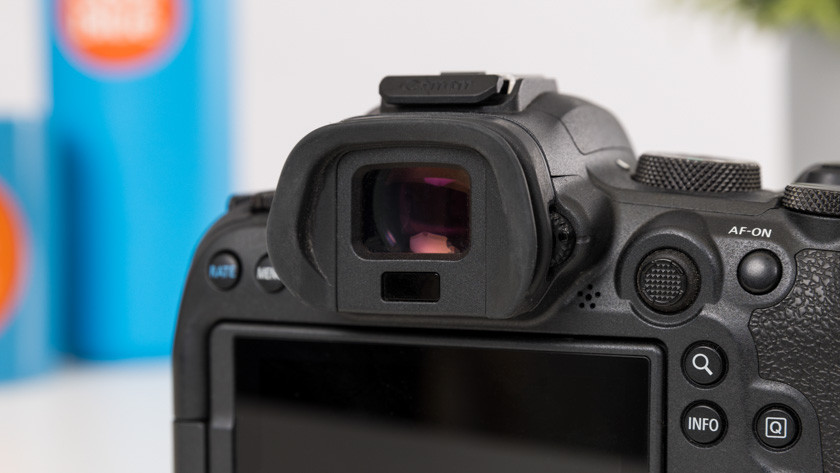
Mirrorless camera: electronic viewfinder
Most mirrorless cameras have an electric viewfinder. If you look through this viewfinder, you can see a small version of your screen. The advantage of this is that you can see the result of your photo right away. For example, you can see the difference through the viewfinder right away when you adjust the aperture number. The image becomes lighter and there's less depth of field. Some mirrorless cameras don't have a viewfinder at all. In that case, you can only see the image via the screen.
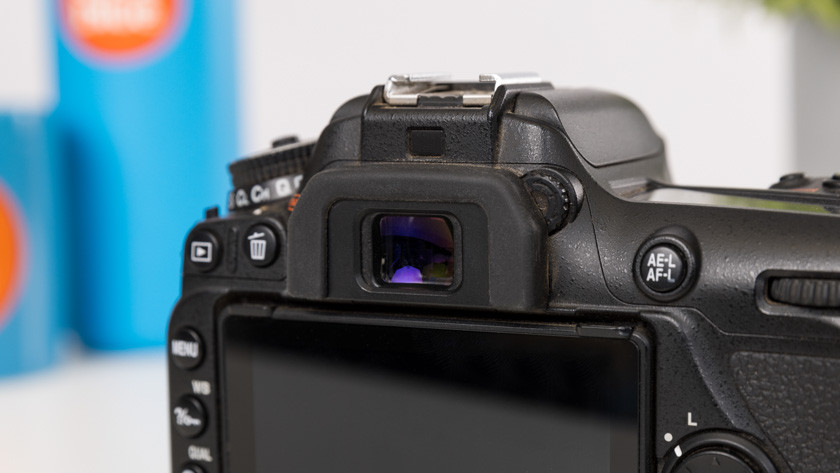
SLR camera: optical viewfinder
All SLR cameras have an optical viewfinder. Through this viewfinder, you can see exactly the same image as when you look through the lens of the camera. This results in natural images with lifelike colors. You can't see any lighting or white balance adjustments, for example. You can only see whether you're using the right settings once you've made the photo. Via the optical viewfinder, you won't be bothered by a delay. With an electric viewfinder, you may notice a slight delay sometimes.
Battery life
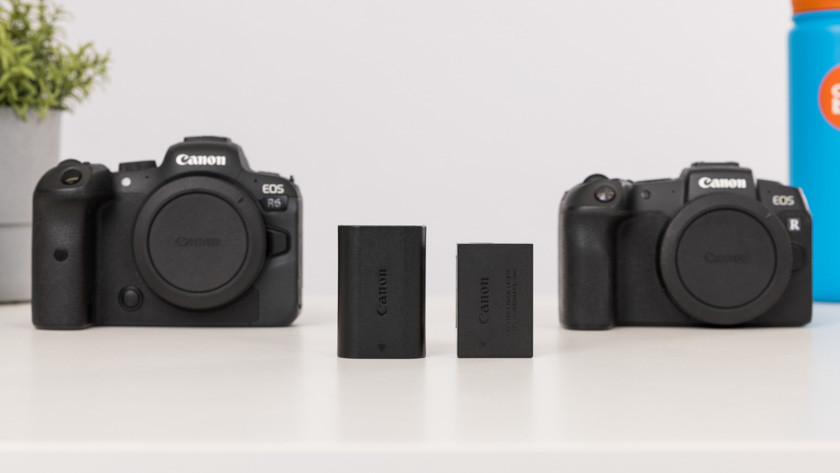
Mirrorless camera: short battery life
Mirrorless cameras have a shorter battery life than SLR cameras. This is mostly due to the electronic viewfinder, as it uses power to display the image. In addition, the batteries of mirrorless cameras are usually smaller. So they don't last as long as a result. If you have to take photos on location, you usually need an extra battery for your mirrorless camera.
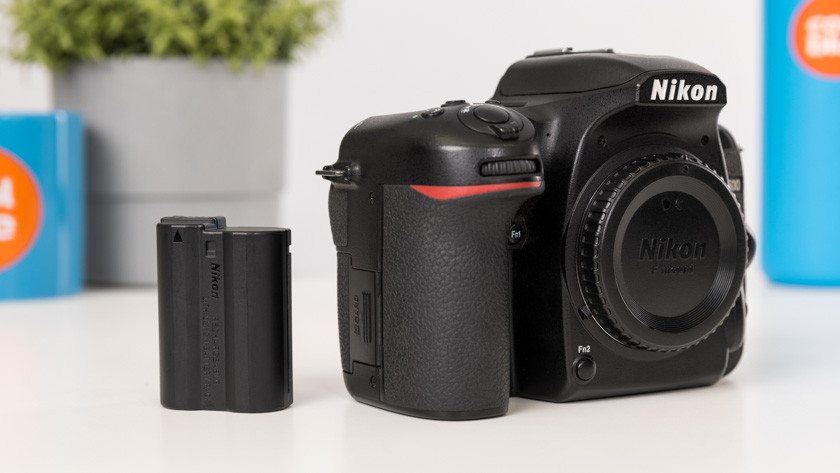
SLR camera: long battery life
The optical viewfinder of an SLR camera doesn't use power. As a result, the battery life of this camera type is much longer. Thanks to the larger size of the body, the battery is also much larger. And it has a longer battery life as a result. You can take more photos with a single battery charge and you don't have to switch batteries all the time. That's useful for long photoshoots.
In short
Mirrorless cameras and SLR cameras don't differ much. In terms of image quality and setting options, both perform equally well. These cameras have the same types of sensors to take photos and record in different light situations. Mirrorless cameras are lighter and capture more frames per second, which is useful for sports photography and action photography. Choose an SLR camera for the optical viewfinder and long battery life. You can use it for portrait photography, for example.


